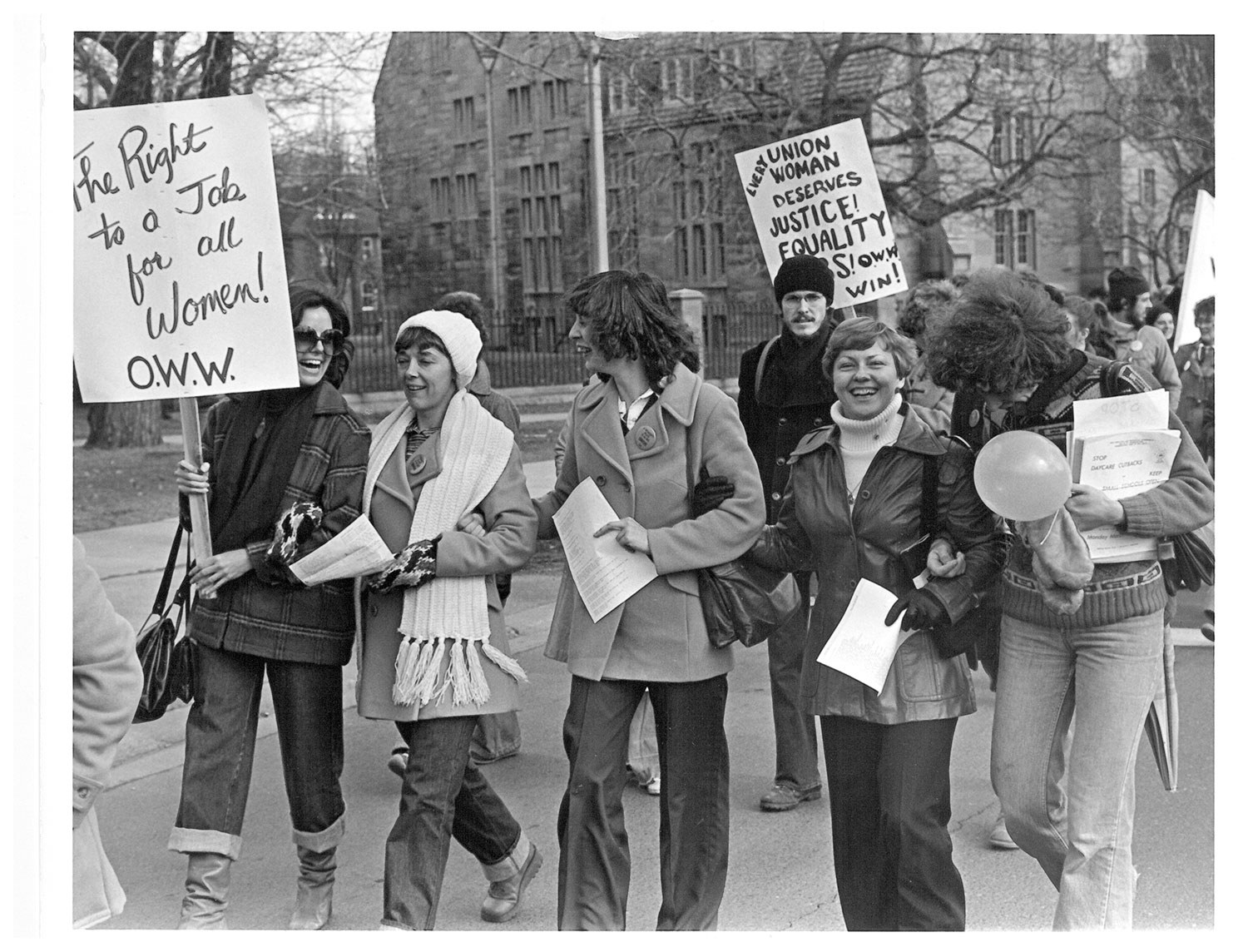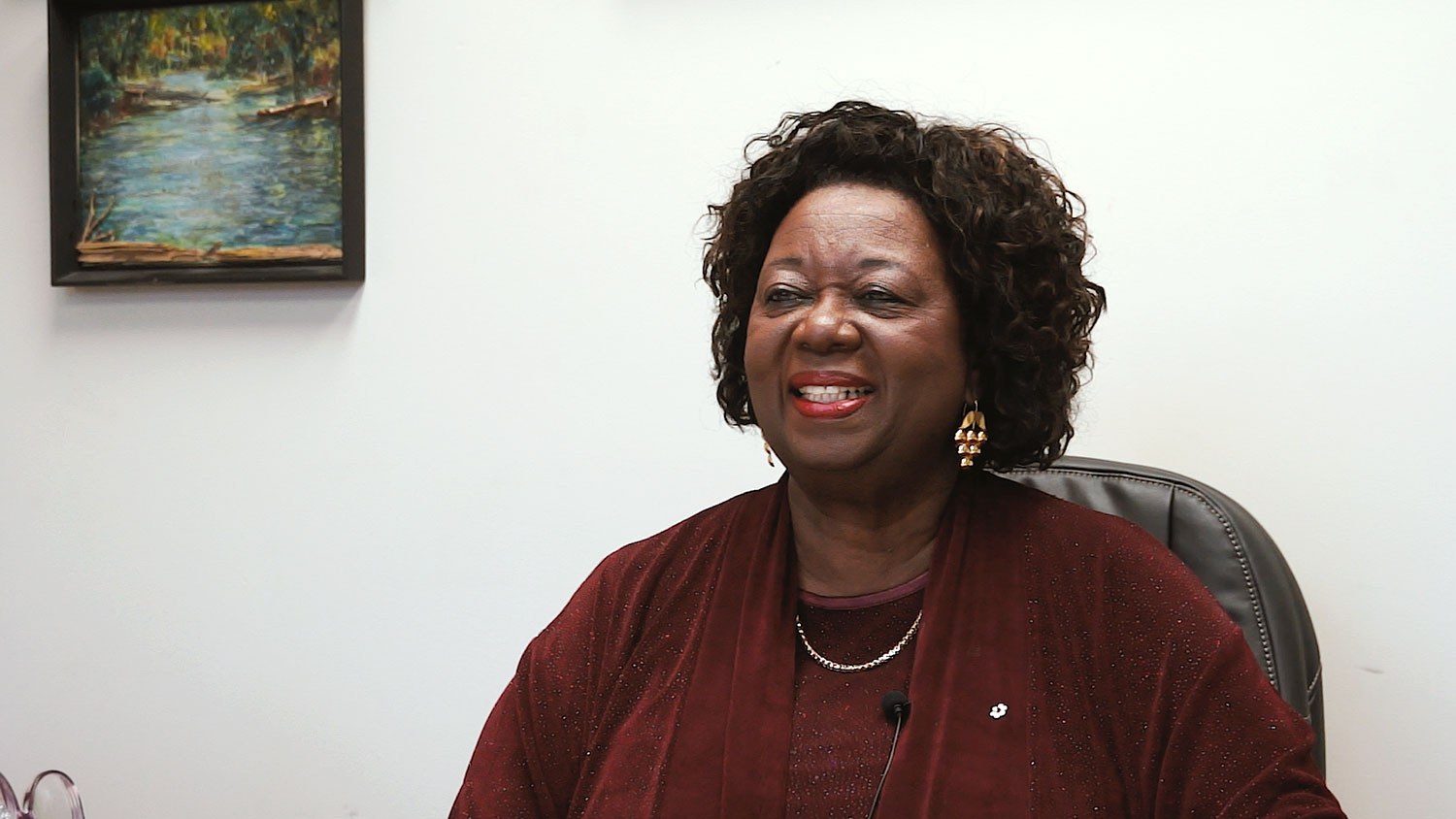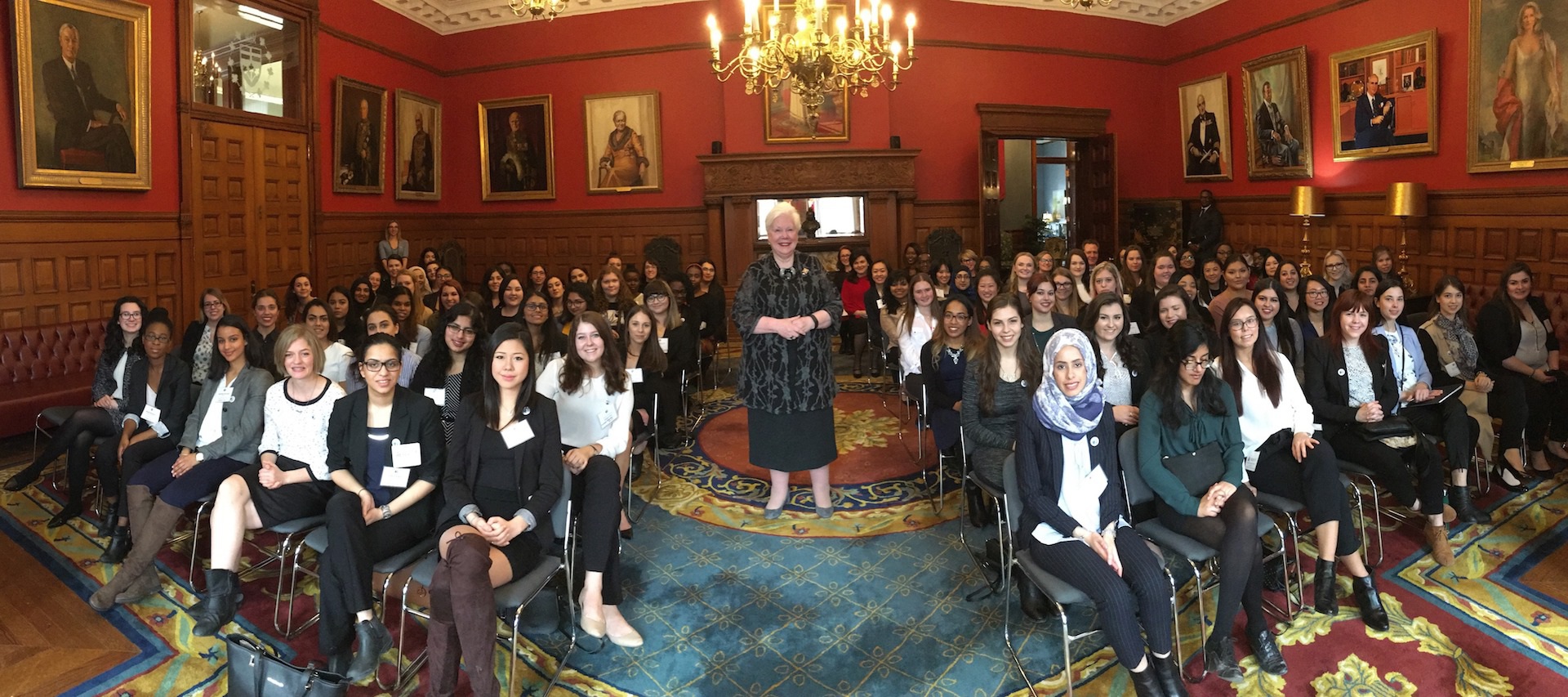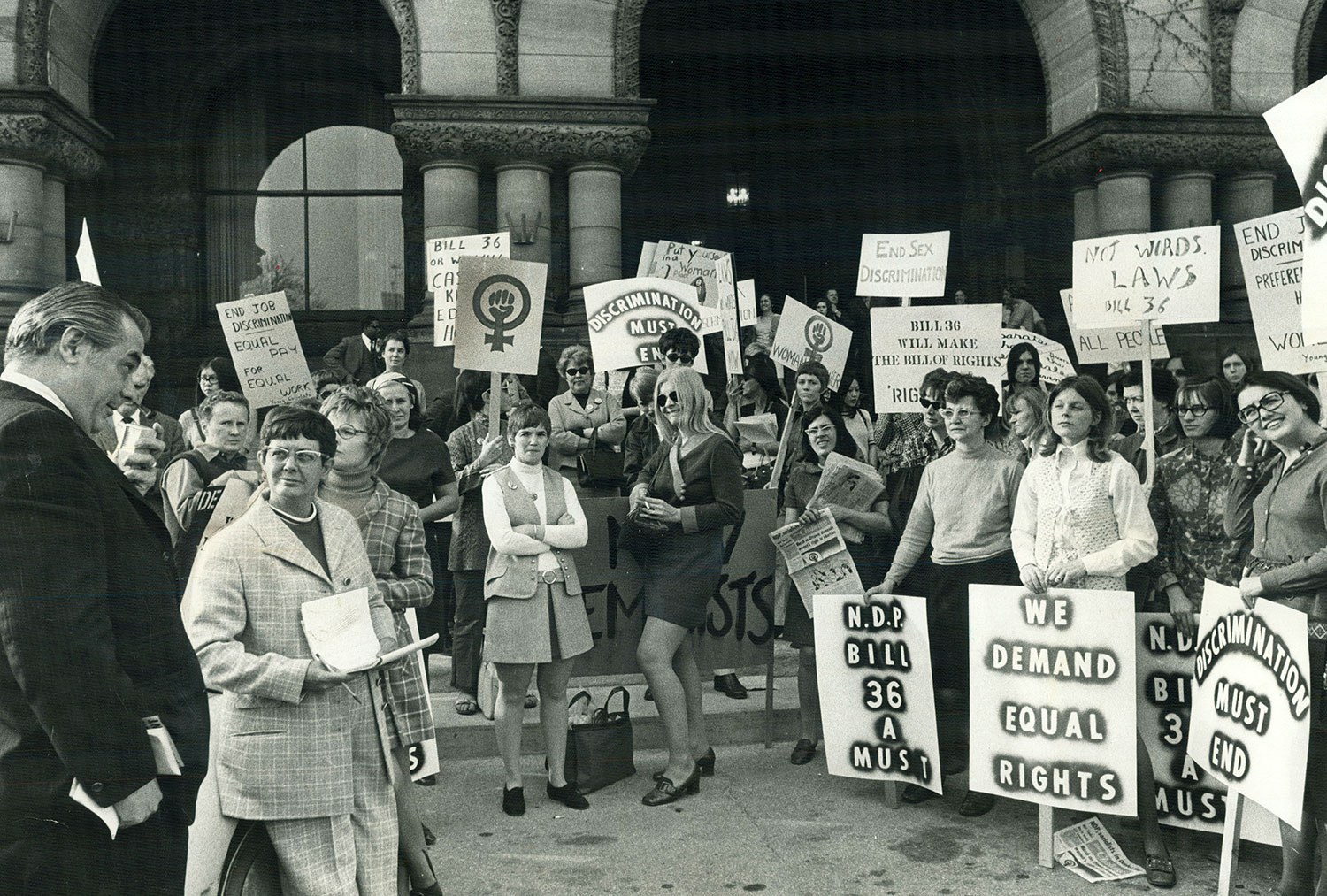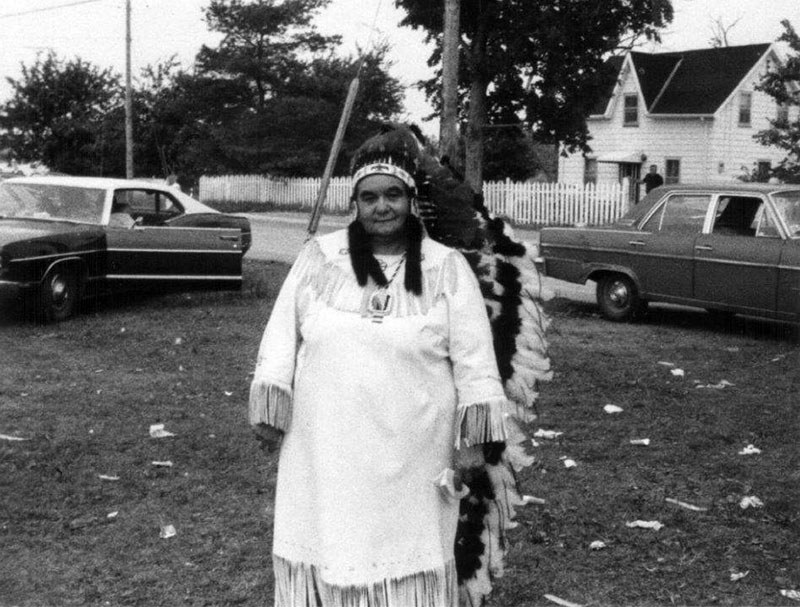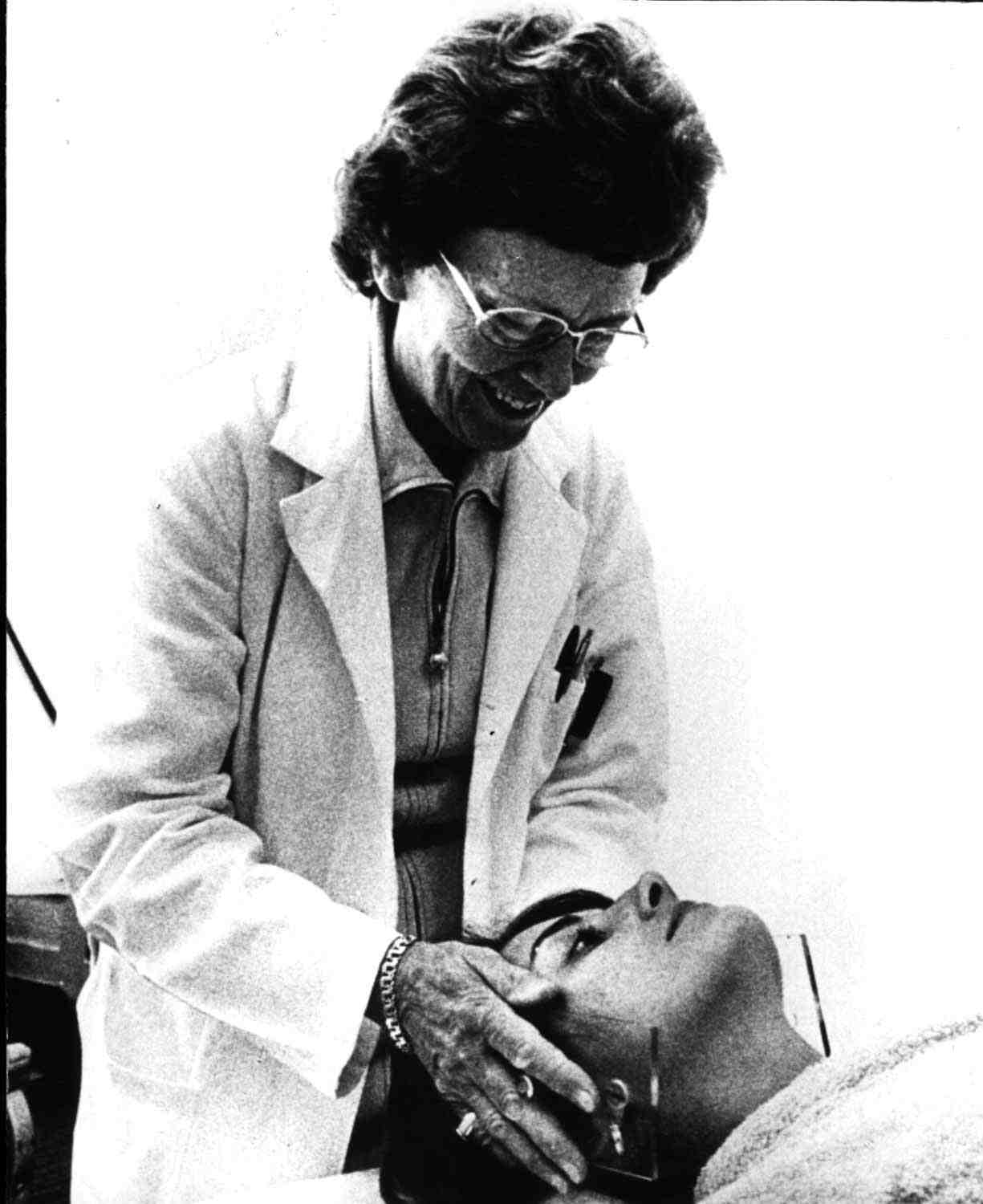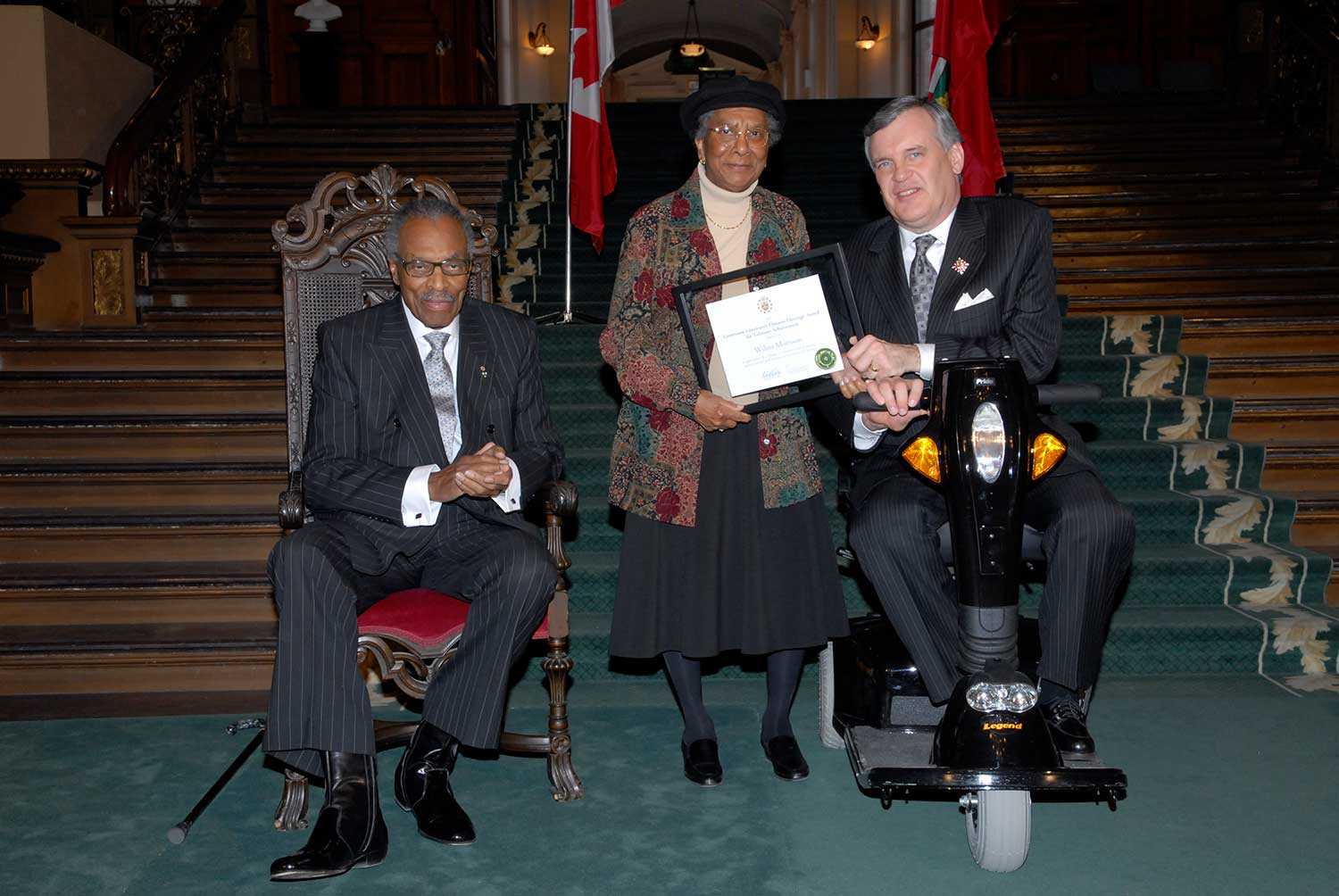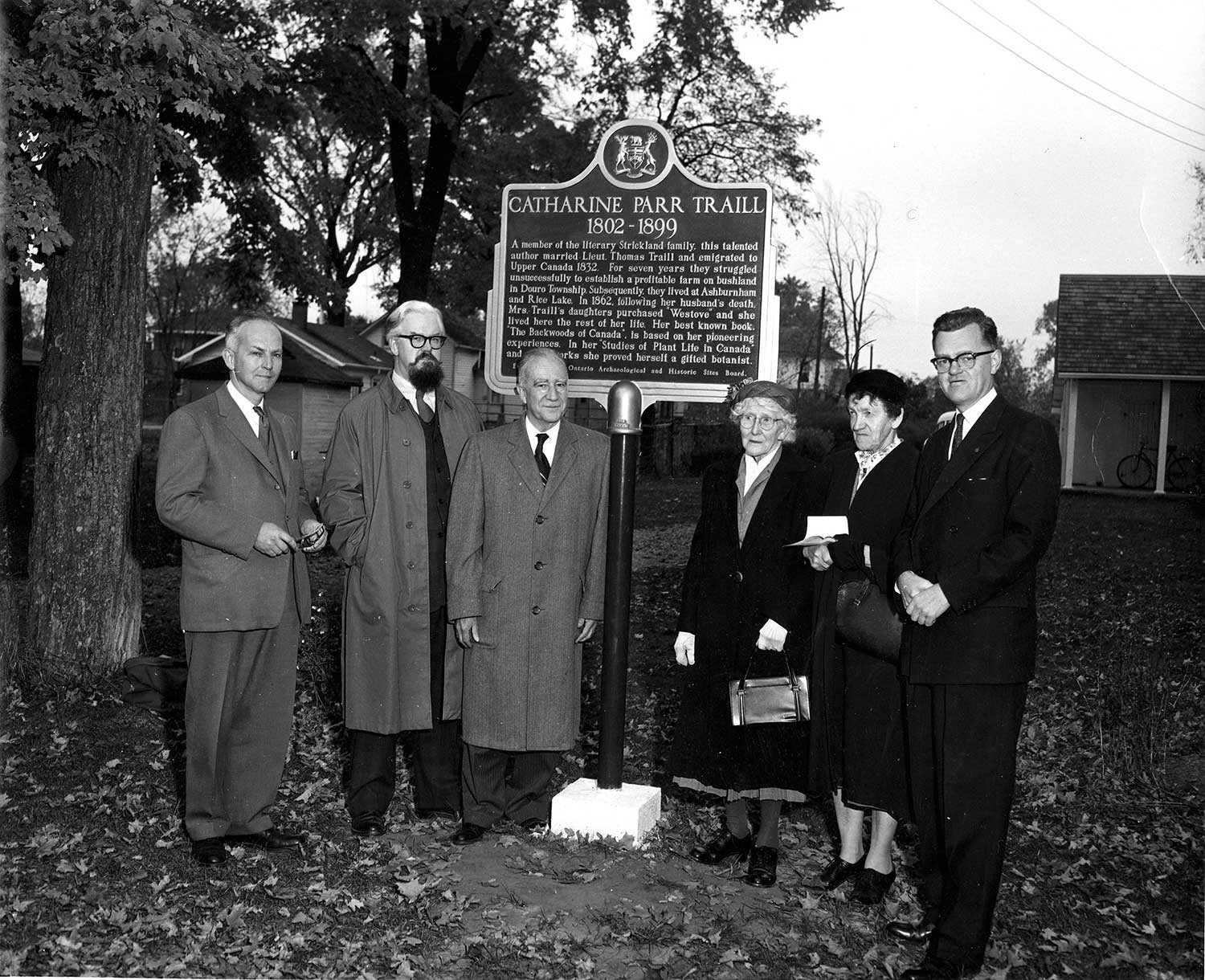

Browse by category
- Adaptive reuse
- Archaeology
- Arts and creativity
- Black heritage
- Buildings and architecture
- Communication
- Community
- Cultural landscapes
- Cultural objects
- Design
- Economics of heritage
- Environment
- Expanding the narrative
- Food
- Francophone heritage
- Indigenous heritage
- Intangible heritage
- Medical heritage
- Military heritage
- MyOntario
- Natural heritage
- Sport heritage
- Tools for conservation
- Women's heritage
Key dates and figures in the women’s rights movement in Ontario and Canada
Women's heritage
Published Date: Mar 20, 2018
Photo: “Mayor Oliver: Wonder who told them we didn’t encourage the suffragette movement in Toronto?”, [photograph], ca. 1910, Newton McConnell fonds, C 301-0-0-0-996, Archives of Ontario.
1851: Women were officially excluded from voting in all Canadian legislative elections in British North America.
1853: Mary Ann Shadd Cary established the Provincial Freeman newspaper in Windsor. Cary was the first Black woman in North America to publish a newspaper and the first female publisher in Canada to advocate for Black rights.
1872: The Ontario Legislature passed the Married Women’s Property Act, which gave a married woman the right to her own wage earnings free from her husband’s control.
1874: The Woman’s Christian Temperance Union in Canada formed by Mrs. Mary Doyle in Owen Sound.
1876: Dr. Emily Stowe founded the Toronto Women’s Literary Club (became the Canadian Suffrage Association in 1903).
1882: Unmarried women who owned property in Ontario could vote in municipal elections.
1884: Unmarried women and widows acquired the right to vote in Ontario. Married women in Ontario and Canada could not own property or hold public office.
1893: The women of the British colony of New Zealand vote for the first time, a first for the British Empire.
1902: Margaret Haile became the first female candidate to run for legislative office in Canada, being nominated for the 1902 Ontario provincial election.
1911: Flora MacDonald Denison, known for her radical views on birth control and women’s reproductive rights, became the president of the Canadian Suffrage Association.
1917: Ontario was the fifth province in Canada to allow women to vote. (The first province was Manitoba).
1918: Canada granted the vote to property-owning women over the age of 21 who were born or naturalized British subjects and who had lived in the country for 12 months.
1918: A limited right to vote in the United Kingdom is extended to women over the age of 30 who owned property.
1920: Constance Hamilton became the first female member of the Toronto City Council – the first woman in Ontario to hold elected office
1921: Agnes Macphail became the first woman elected in Canada as a Member of Provincial Parliament (MPP). Ontario is the first province to elect a woman to the House of Commons.
1929: The Imperial Privy Council of England ruled that women are legally “persons.” This reversed a Supreme Court of Canada ruling. Women could now hold seats in the Canadian Senate.
1930: Cairine Wilson of Ontario became the first female senator in Canada.
1934: The Dominion Franchise Act disqualified Inuit and “Status Indians” from voting federally, but made an exception for “Status Indian” veterans (previously excluded in 1924).
1936: Barbara Hanley elected as mayor of Webbwood. She is the first woman in Canadian history to be elected as a mayor in a general election.
1947: The Citizenship Act extended the right to vote federally and provincially to Chinese-Canadian and South Asian-Canadian men and women. Japanese Canadians and all Indigenous peoples remain excluded until 1948.
1948: Canada votes in favour of the United Nations’ Universal Declaration of Human Rights which stated that elections “shall be by universal and equal suffrage.”
1951: Charlotte Whitton was elected as the first female mayor of a major city in Canada (Ottawa).
1951: Indigenous women acquired the right to hold office on reserves.
1954: Indigenous women and men (“Status Indians”) vote in Ontario provincial elections for the first time.
1954: Elsie Knott became the first elected female chief of a First Nation (Curve Lake, Ontario).
1957: Ellen Fairclough was the first woman to serve in the Canadian cabinet as the Secretary of State.
1960: All Indigenous women could vote federally, but were still excluded from voting in some provinces.
1969: All Canadians of age have the right to vote (regardless of gender or race).
1972: Margaret Birch, a Progressive Conservative MPP from Scarborough East, was the first woman appointed to an Ontario cabinet position.
1974: Pauline McGibbon became the first female Lieutenant Governor of Ontario.
1982: The Canadian Charter of Rights and Freedoms became law and guaranteed the rights of Canadian citizens, including the right to vote.
1993-2006: Jean Augustine became the first African-Canadian female Member of Parliament (MP) in Canada, and the first African-Canadian woman in federal cabinet from 2002-04.
2004: Bev Oda was the first Japanese-Canadian MP elected to Parliament, representing Durham, Ontario.
2004: Rosalie Abella became the first Jewish woman appointed to the Supreme Court of Canada.
2013: Kathleen Wynne took office as the first female Premier of Ontario.
2015: Women in Saudi Arabia are allowed to vote for the first time, the most recent country to authorize women to vote.
2016: Bardish Chagger (Waterloo) was the first female Government House Leader in the House of Commons.
2016: Jasmine Akbarali was appointed as judge of the Superior Court of Justice in Toronto. She was the first South Asian woman appointed to a provincial superior court in Canada.
Compiled by Shruthi Dhananjaya, Communications and Social Media Intern with the Ontario Heritage Trust, with assistance from Beth Anne Mendes, the Trust’s Plaque Program Coordinator.
Check out this chart from Statistics Canada [PDF | 3 MB]
Sources:
Archives of Ontario | Black History Canada | Canadian Board Diversity Council | Canadian Encyclopedia | Canadian Medical Hall of Fame | CBC | Heritage Toronto | Law Society of Ontario | Ontario Ministry of the Status of Women | Previous issues of Heritage Matters | South Asian Bar Association of Toronto | Wisegeek.org

![“Mayor Oliver: Wonder who told them we didn’t encourage the suffragette movement in Toronto?”, [photograph], ca. 1910, Newton McConnell fonds, C 301-0-0-0-996, Archives of Ontario.](https://www.heritage-matters.ca/uploads/Articles/Archives-of-Ontario-cartoon-I0007312-web.jpg)
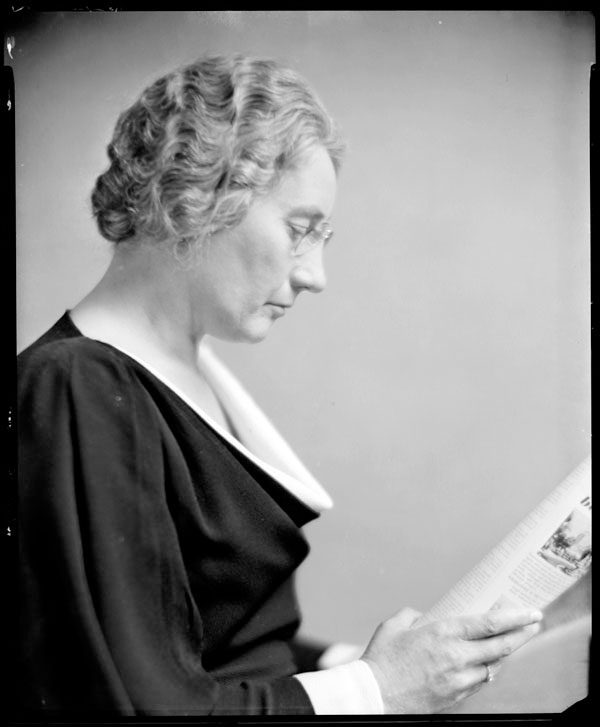
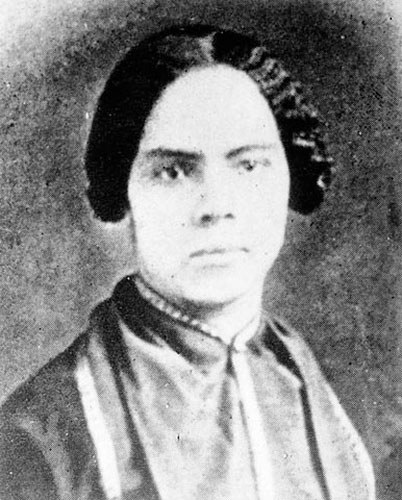
![Flora MacDonald Denison, Pres[ident] Canadian Suffrage Association, Women of Protest: Photograph from the Records of the National Woman’s Party, Manuscript Division, Library of Congress, Washington, D.C. www.loc.gov/resource/mnwp.149016 March 13, 2018](https://www.heritage-matters.ca/uploads/Articles/Flora-Denison-Library-of-Congress-web.jpg)
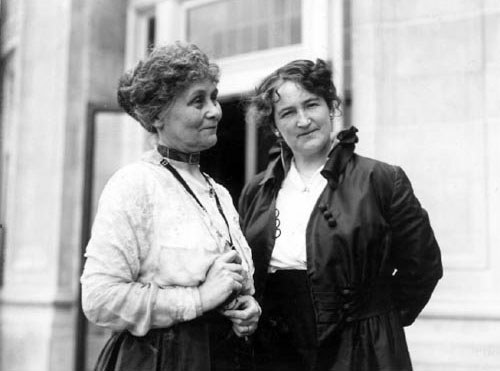
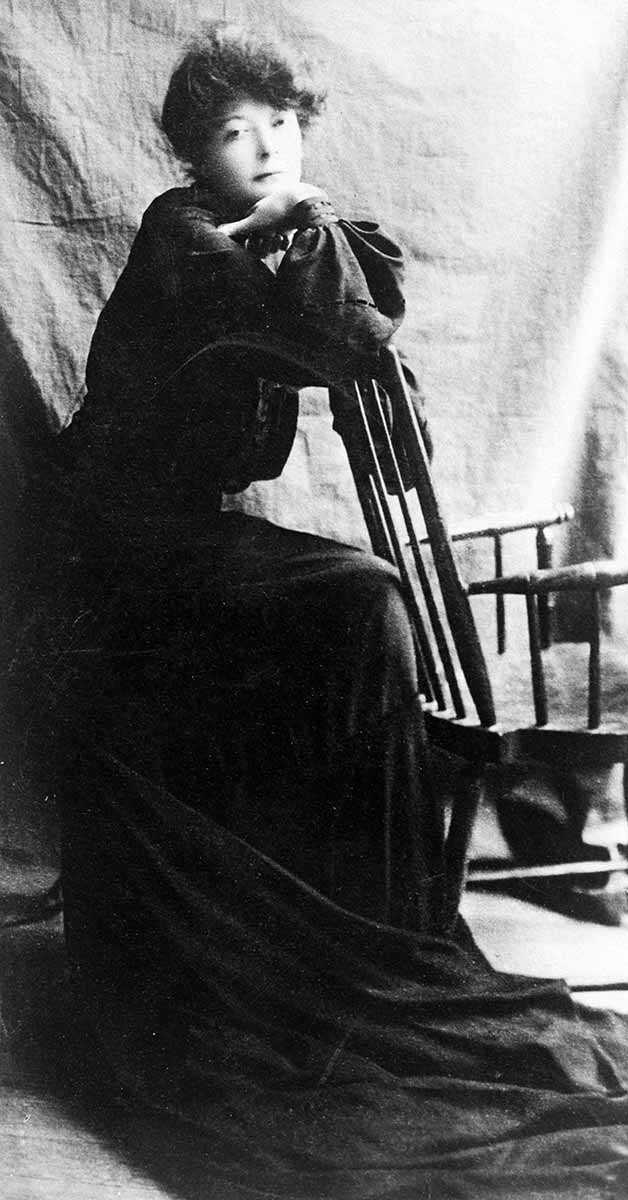

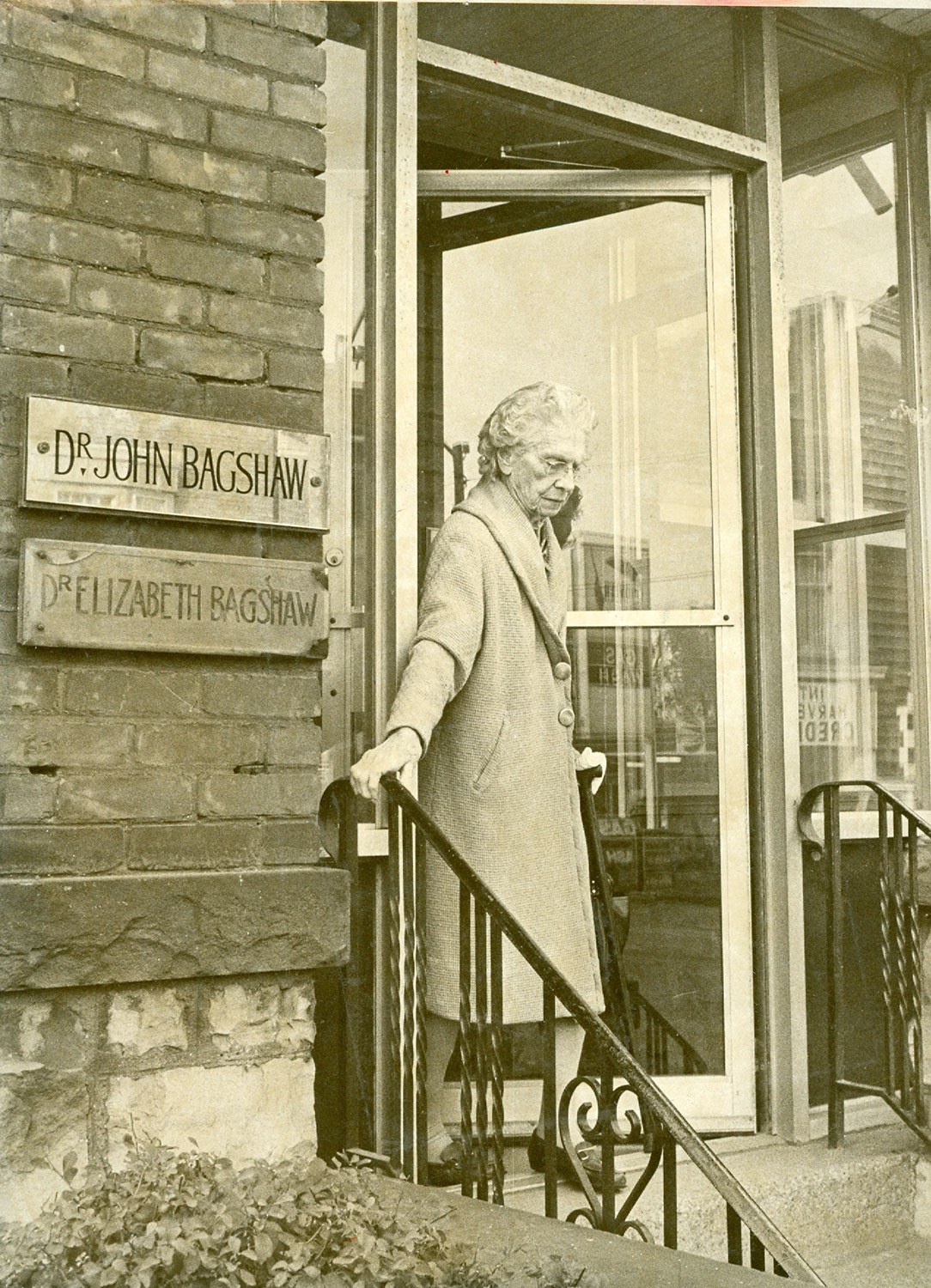
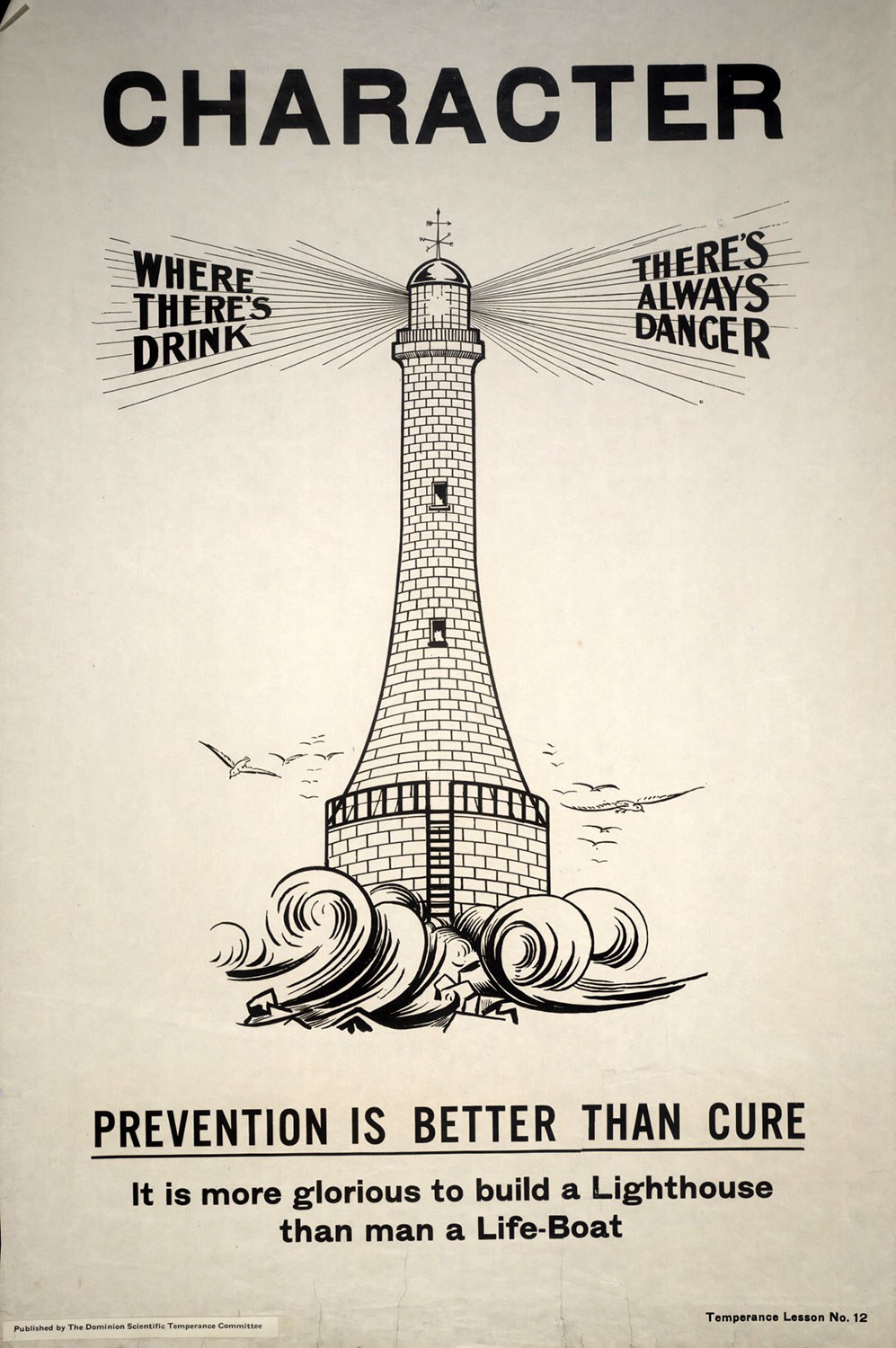
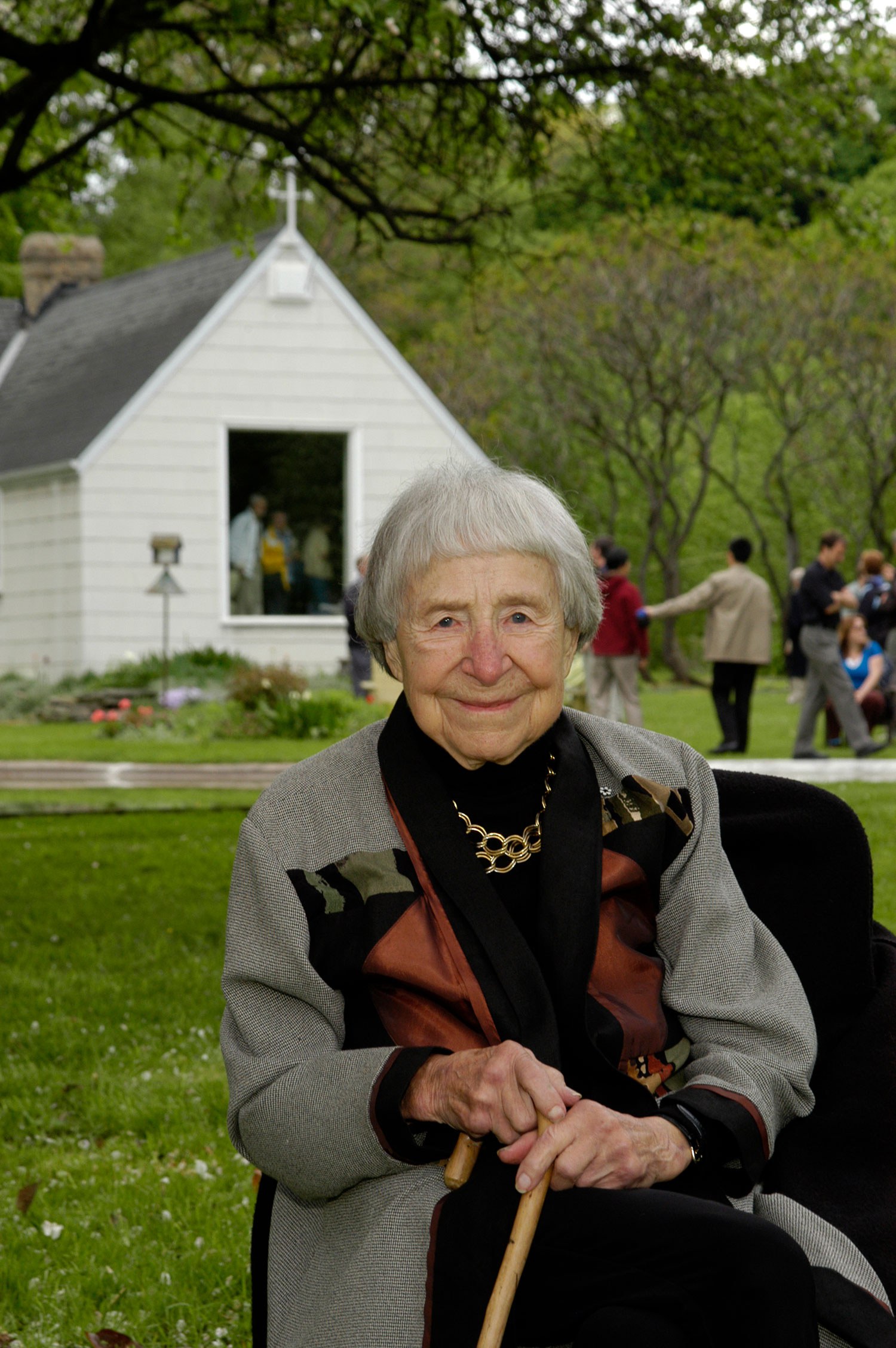
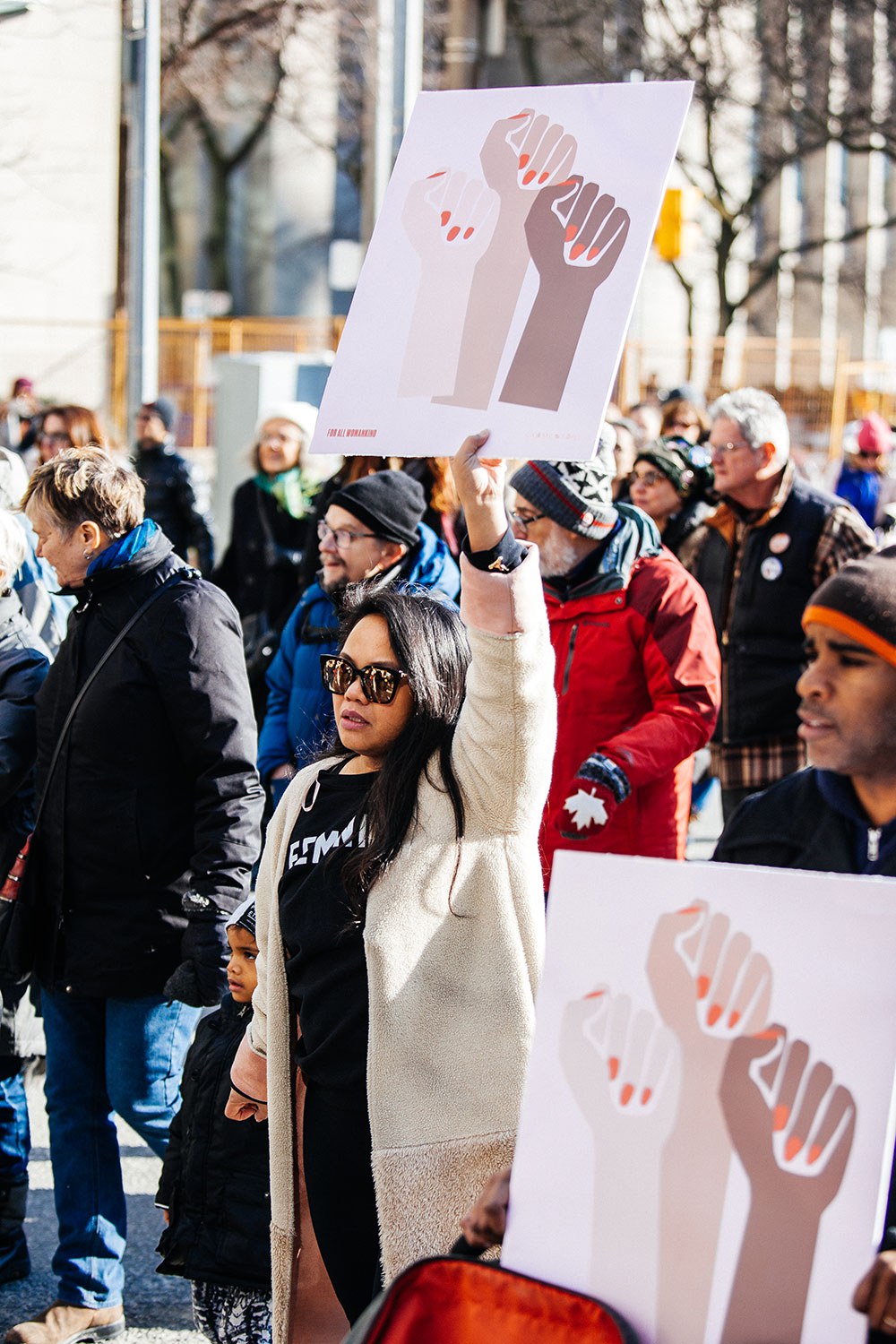
![F 2076-16-3-2/Unidentified woman and her son, [ca. 1900], Alvin D. McCurdy fonds, Archives of Ontario, I0027790.](https://www.heritage-matters.ca/uploads/Articles/27790_boy_and_woman_520-web.jpg)
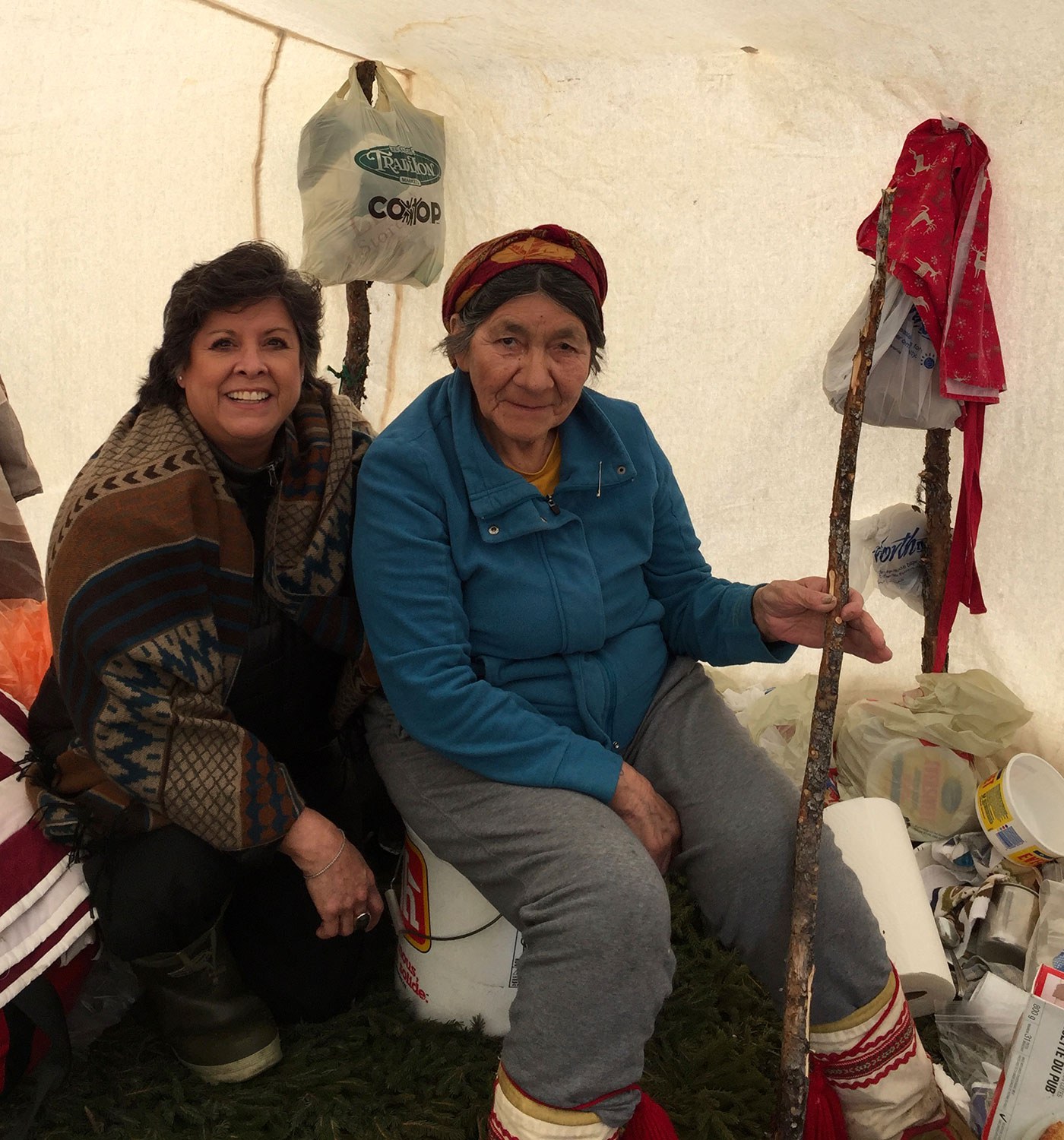
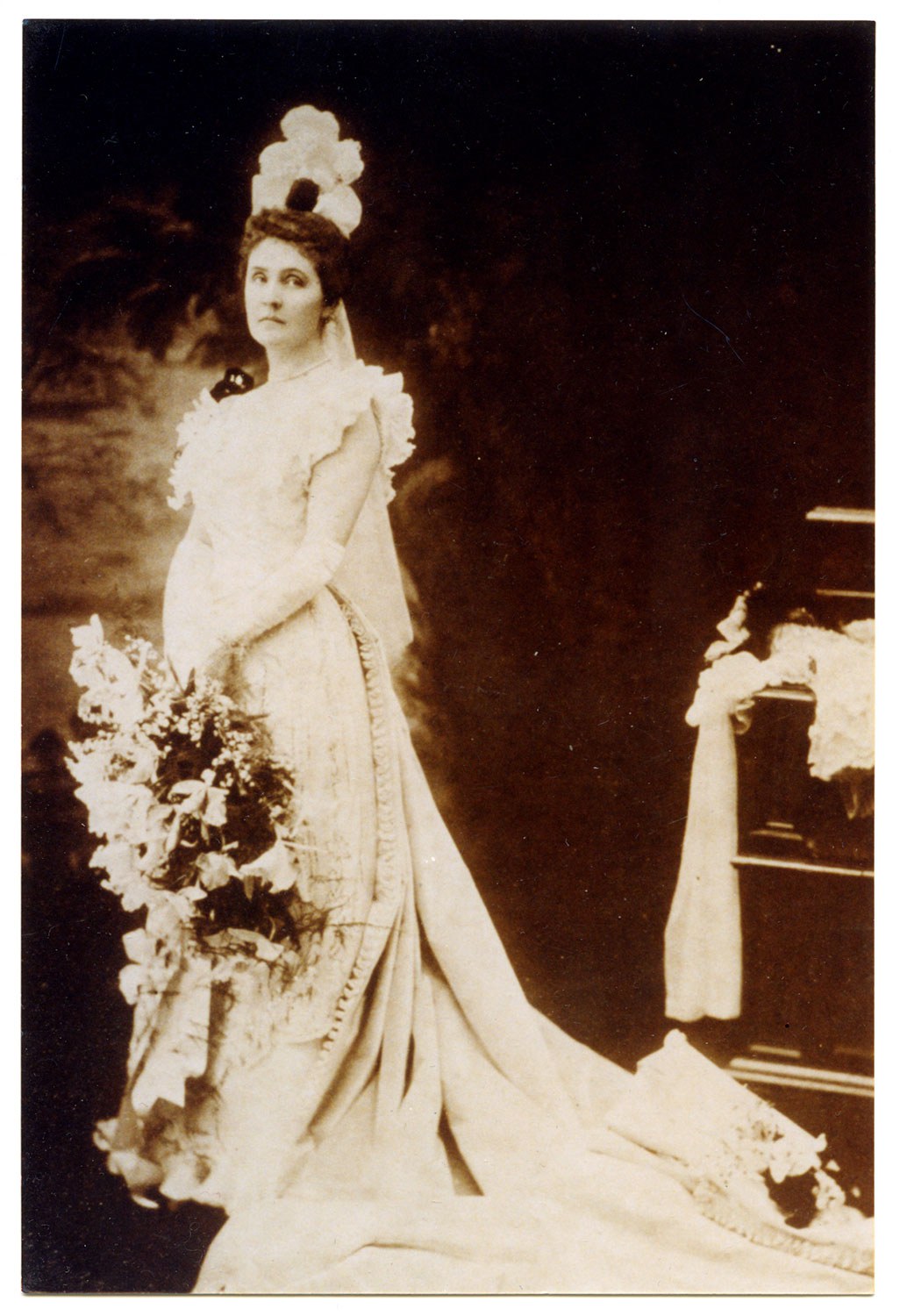
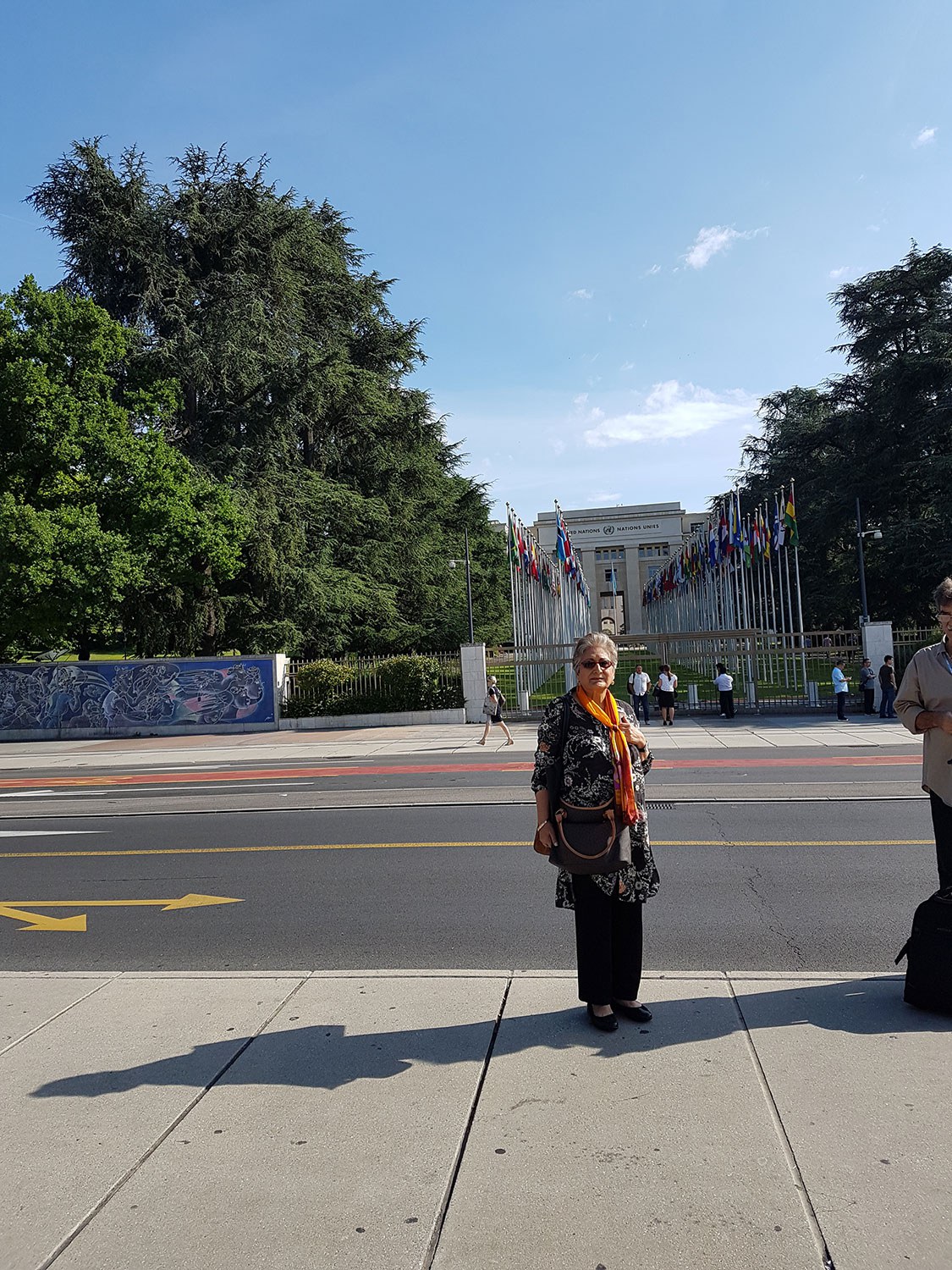
![Wyland, Francie. 1976. Motherhood, Lesbianism, Child Custody: The Case for Wages for Housework. Toronto: Wages Due Lesbians. Cover woodcut by Anne Quigley. CLGA collection, in monographs, folder M 1985-054].](https://www.heritage-matters.ca/uploads/Articles/Wages-Due-Lesbians_Wyland-pamphlet-image-web.jpg)
